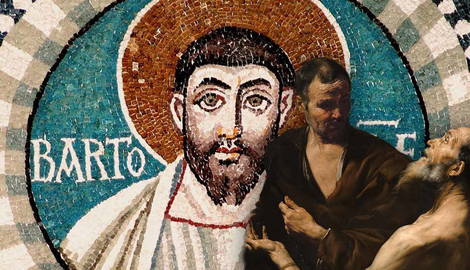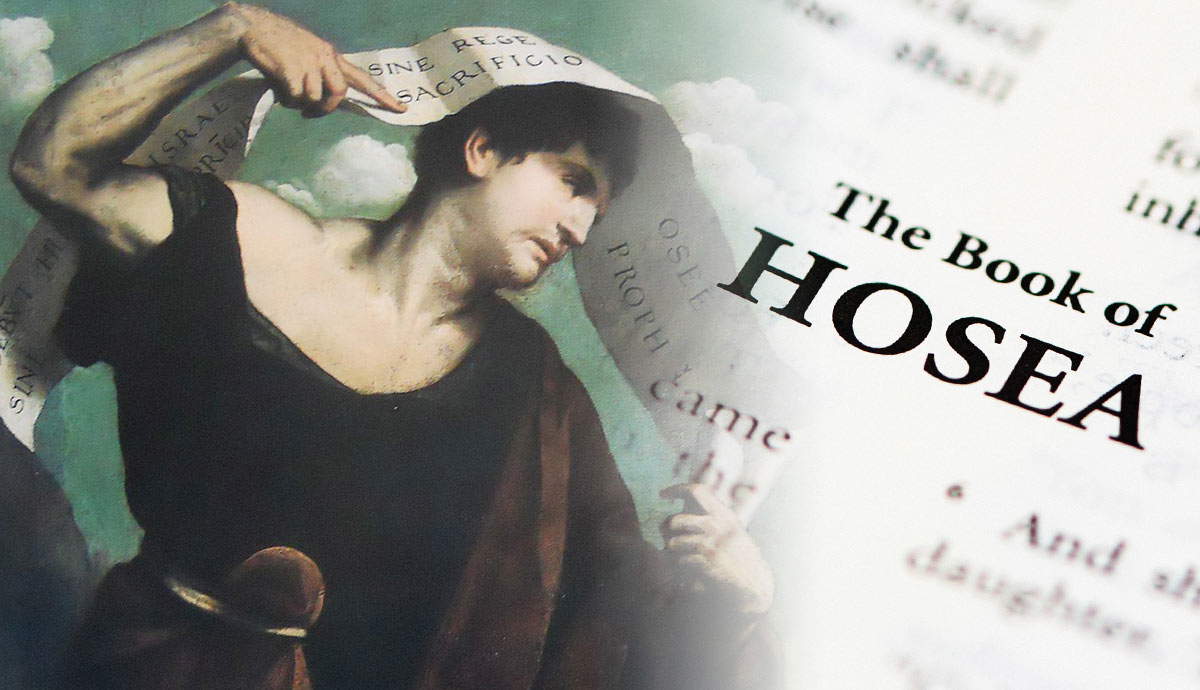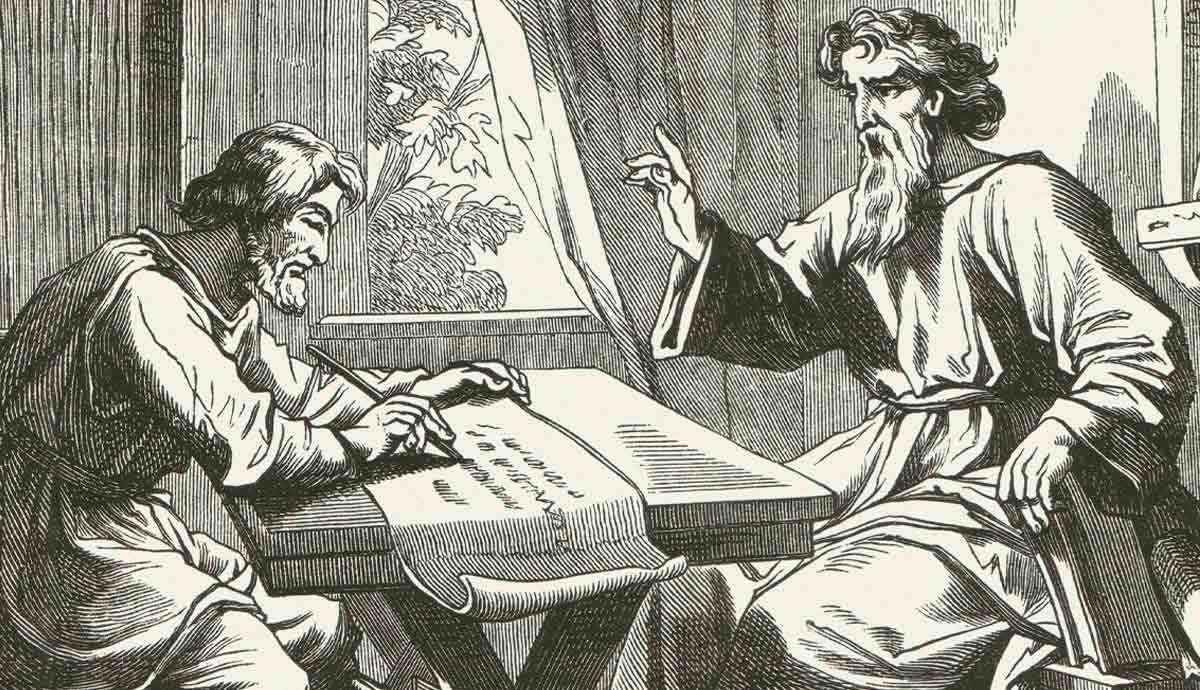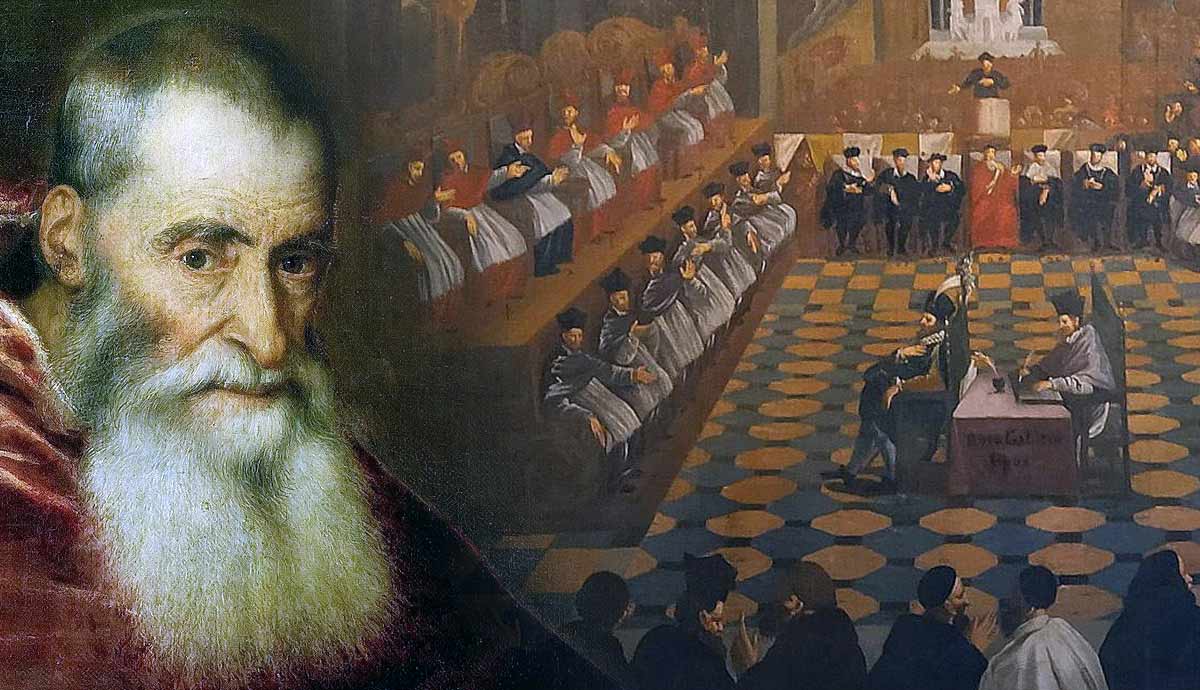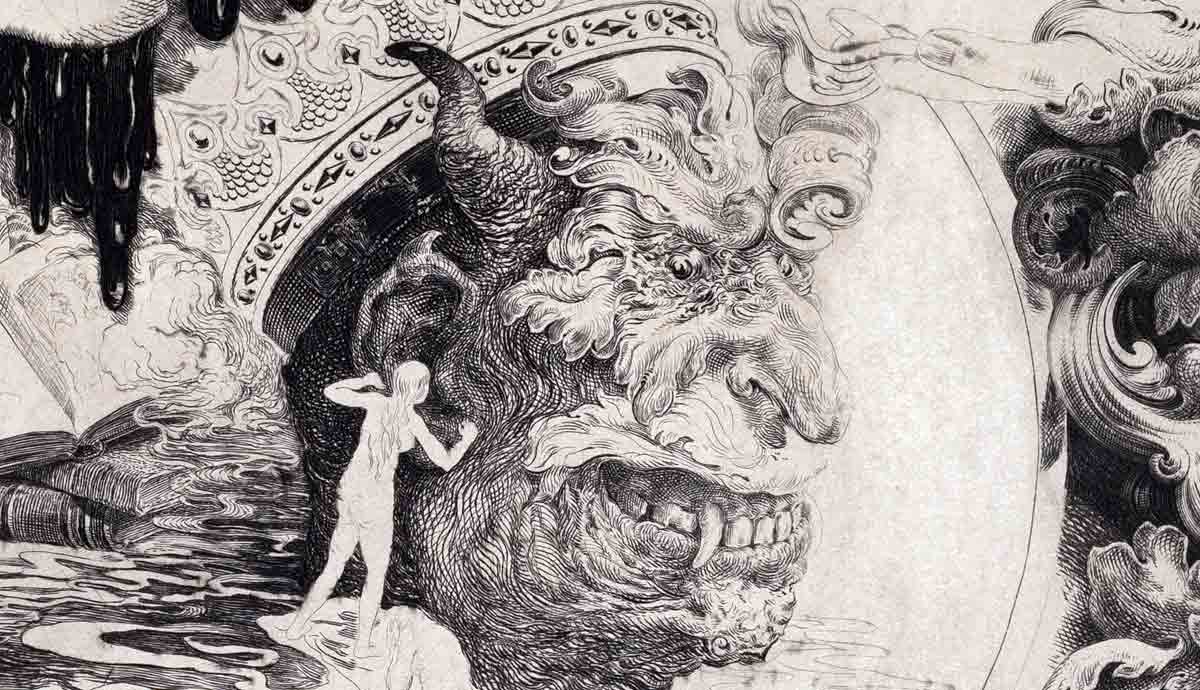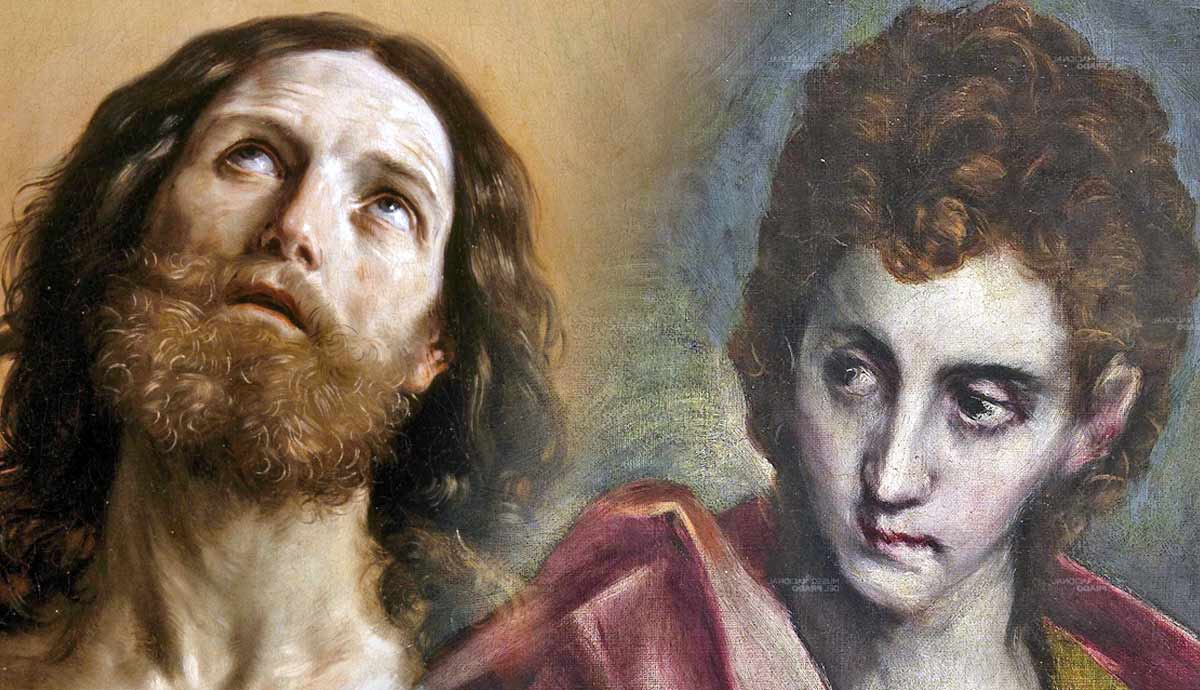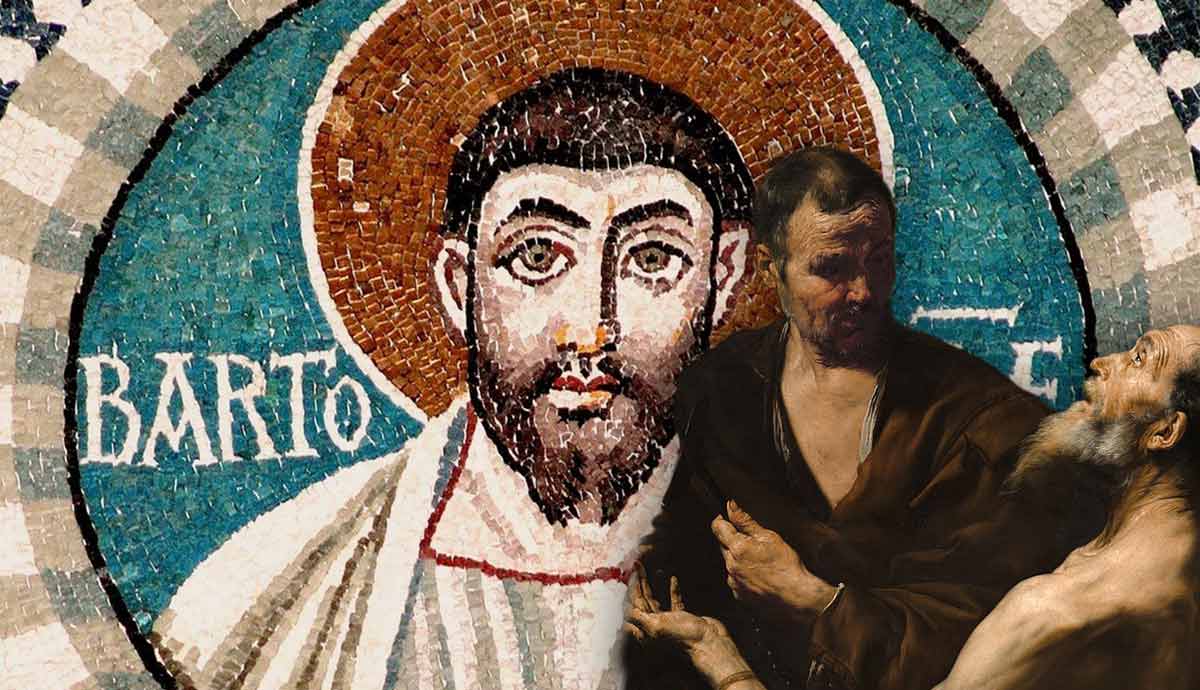
The name Bartholomew appears only four times in the New Testament, once in each synoptic gospel and once in Acts. Every time the name Bartholomew appears, the passage mentions other disciples but provides no further detail about him. Bartholomew is a patronymic, or family name, meaning “son of Tolmai.”
The name Nathanael, on the other hand, never appears in the three synoptic gospels (Matthew, Mark, and Luke), but Bartholomew never appears in John, when the author speaks of the Twelve Disciples. Nathanael is a given name meaning “God has given.” Like Peter, Nathanael was called to meet Jesus by a disciple and later lists him among other disciples. Scholars believe that the Nathanael, mentioned in John 1 five times, is none other than the disciple Bartholomew. His full name was likely Nathanael Bartholomew.
First Encounter and Calling as a Disciple

The synoptic gospels do not provide any information about the calling of this disciple. However, if Bartholomew is the Nathanael that John refers to, we can learn quite a bit about him.
John 1 records the calling of Philip, who immediately after went to Nathanael, presumably a friend of his, and told him: “We have found the man about whom Moses in the Law and the Prophets wrote – Jesus, the son of Joseph, from Nazareth” (John 1:45). Based on Philip’s presentation to Nathanael, it is not unreasonable to suggest that he probably also explained why he believed Jesus was the Messiah. Nathanael was skeptical at first, but Philip called on him to come and see for himself, which Nathanael did.
After a brief encounter with Jesus, Nathanael expressed his belief that Jesus was who Philip claimed him to be. The Bible does not record the actual calling in the gospels, but scholars believe that Nathanael was the same individual we know as the disciple Bartholomew in the synoptic gospels.
Character and Personality

Bartholomew was a skeptic. He did not believe whatever he was confronted with without critically evaluating the matter. When Philip told him that they had found the one Moses and the prophets wrote about and that Jesus from Nazareth was that person, Nathanael exclaimed: “Can anything good come out of Nazareth?” He clearly had a bias towards people from that area.
Nazareth was a small, insignificant town. Nathanael’s reaction to hearing that the Messiah hailed from there indicates a regional prejudice against it and its people. The exact reason is not clear. What is evident is the town was not well esteemed. Nathanael seems to have shared the popular view of the place and freely expressed his prejudice. His bias, however, did not prevent him from exploring the possibility that Philip was correct in his claim, and he went to investigate for himself, showing his willingness to be convinced by evidence.
It would take much to convince a skeptic, but the narrative shows that Jesus bypassed his bias using personal remarks that spoke to Nathanael’s heart. He declared his faith, which shows that he was a man who was willing to stand on his convictions.
His dedication to his ministry ended in his eventual death for the cause of Christ. It shows that his conviction endured to his last breath. To Bartholomew, it was principle above all else.
Significant Encounters

John 1 is the only encounter between Jesus and Nathanael that the gospels detail.
John 1:46-51
“Nathanael said to him, ‘Can anything good come out of Nazareth?’ Philip said to him, ‘Come and see.’ Jesus saw Nathanael coming toward him and said of him, ‘Behold, an Israelite indeed, in whom there is no deceit!’ Nathanael said to him, ‘How do you know me?’ Jesus answered him, ‘Before Philip called you, when you were under the fig tree, I saw you.’ Nathanael answered him, ‘Rabbi, you are the Son of God! You are the King of Israel!’ Jesus answered him, ‘Because I said to you, “I saw you under the fig tree,” do you believe? You will see greater things than these.’ And he said to him, ‘Truly, truly, I say to you, you will see heaven opened, and the angels of God ascending and descending on the Son of Man.’”
Interestingly, Jesus did not wait for Philip to introduce him to Nathanael before speaking to him. Jesus spoke to Nathanael about his character. This direct approach and revelation of Jesus’s knowledge of his character would have intrigued Nathanael. He does not oppose the description Jesus gave of him. He simply asks how Jesus knew.
The fig tree may not be a reference to a physical place but could be a metaphor symbolizing a place of prayer, study, or reflection. Whichever it was, Jesus displayed divine knowledge and insight into the character of Nathanael to such an extent that it immediately convinced Nathanael of who Jesus was.
Jesus’s promise of greater things to come may refer to signs and wonders, but considering Nathanael’s inquisitive yet skeptical nature, it more likely refers to spiritual insights and revelations of truth. The encounter between Nathanael and Jesus is too significant and presents too much of a future promise for Nathanael to disappear from the scene completely.

Though neither Bartholomew in the synoptic gospels nor Nathanael in John has any specific interaction with Jesus other than the one we have discussed thus far, he must have witnessed many of Jesus’s miracles and wonders and assisted him in his ministry. On many occasions, the Bible only refers to the disciples as a group instead of the individuals that made up the twelve. The lack of specific recorded details of interactions does not negate the fact that the disciples spent approximately three and a half years in the presence of Jesus, learning from him and seeing him in action.
The Gospel of John mentions Nathanael again after the resurrection of Jesus. On this occasion, a group of disciples, with Nathanael among them, went fishing with Peter on the Sea of Tiberias. On their return, Jesus waited for them on the shoreline at daybreak. They didn’t catch anything, so Jesus told them to cast their nets to the right side of the boat. They had a haul of 153 fish and shared breakfast with Jesus on the beach, where he had a fire prepared with fish already laid out. Having a meal together was a sign of friendship and allegiance in the ancient world. His invitation to them to join him was a sign of his desire to continue the bond he had with them.
Though there is no specific record of interaction between Nathanael and Jesus on this occasion, it was a post-resurrection display of the power of Jesus through a miracle. Nathanael was an integral part of the group of disciples that would continue preaching the gospel of Jesus to the known world of that time.
Legacy and Tradition

Early church writings indicate that Nathanael and Bartholomew were the same person. Later, medieval tradition continued to express this view. Considering that the gospels mention Philip and Bartholomew together at times and John details how Philip went to call Nathanael, seemingly a close friend, to meet Jesus, it is not unreasonable to accept this view. Many scholars, however, oppose this view vehemently, insisting that they were two different individuals.
According to tradition, Philip and Bartholomew ministered together, and some versions have Philip’s sister, Mariamne, ministering alongside them. One account claims that the authorities crucified Bartholomew and Philip together, but Philip convinced the crowd to release Bartholomew, while he himself chose to remain on the cross.
Some traditions have Bartholomew ministering in India, others in Armenia, Ethiopia, Lycaonia, Mesopotamia, and Parthia. It is highly unlikely that he would have ministered in all these places. The tradition that places him as a missionary in India claims that he left a Hebrew version of the Gospel of Matthew behind there.
Death

There are several accounts of how Bartholomew died. The most common version sees him flayed and beheaded because the king of Armenia converted to Christianity due to his ministry. The king’s brother then ordered his execution. This tradition resulted in many depictions of him in that state of being or having been flayed.
According to Foxe’s Book of Martyrs, Bartholomew was in India when he was beaten at length and eventually crucified. Some accounts have him crucified upside down, another account has him first crucified until close to death, then flayed and then beheaded, and yet another has him beaten unconscious and then cast into the ocean where he drowned. The different accounts take place in various places. One thing all these accounts have in common is that Bartholomew was killed due to his ministry of the gospel.
